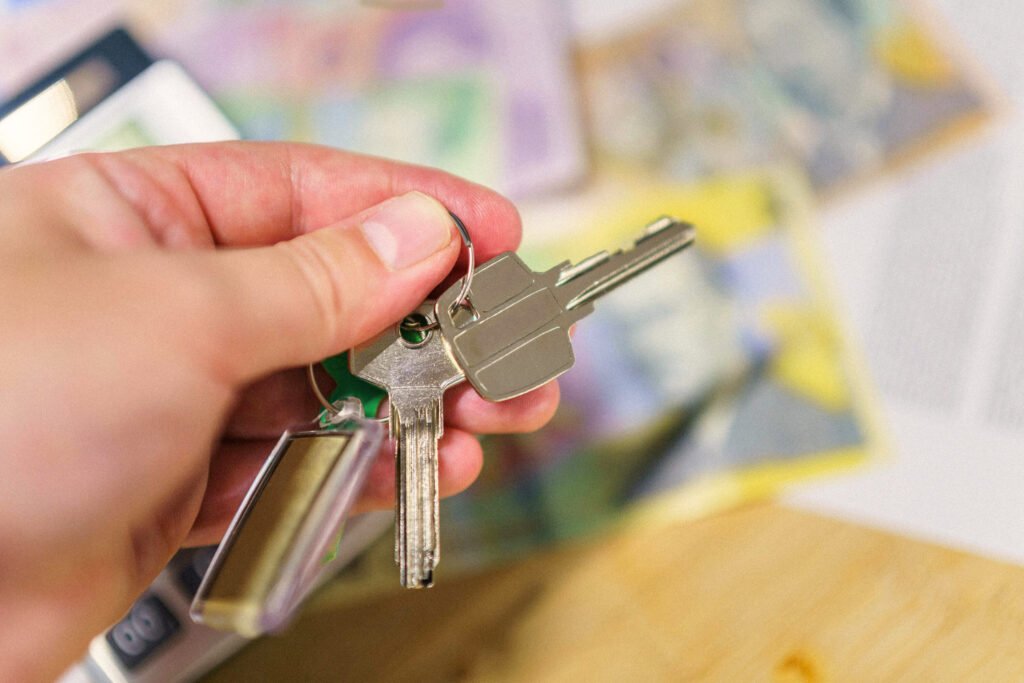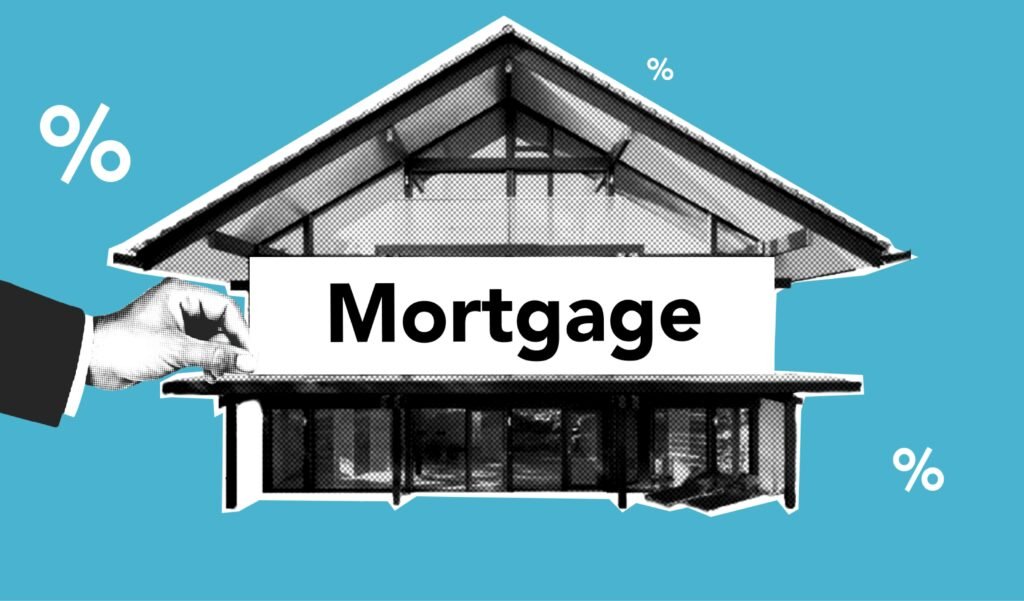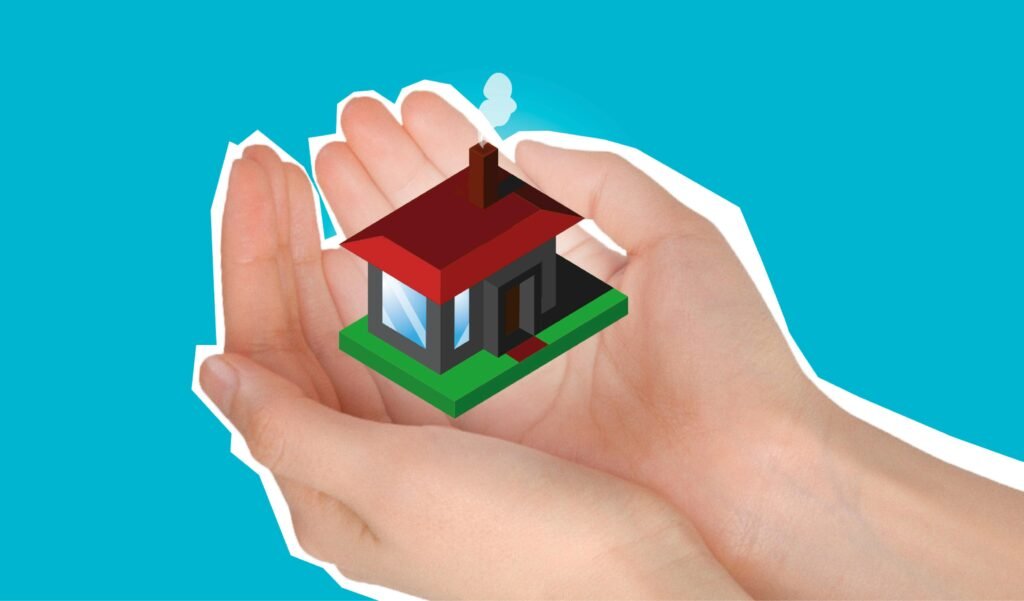Buying a home is one of the most important financial decisions you’ll make, and it can often feel overwhelming. However, you can streamline the process with the right guidance and approach. By following these eight essential steps, you’ll be well on your way to securing your dream home.

01. Partner with a Trusted Real Estate Agent
Working with a skilled agent is a game-changer in your home-buying journey. A seasoned agent will have access to the latest property listings, including off-market opportunities, helping you find homes that match your criteria. They also provide valuable market insights, assist with negotiations, and guide you through complex paperwork. According to a leading Brisbane mortgage broker, agents often have inside knowledge of local market trends, giving you a competitive edge. Choose an agent with a strong and high-selling track record, a deep understanding of your target neighborhood, and excellent communication skills. A clear budget will help you target homes that fit your requirements and financial situation, making the home search process more streamlined and effective.

02. Identify Your Priorities and Establish a Budget
Before you begin searching for a home, you must identify your priorities. Consider factors such as the place, the size of the property, the number of bedrooms and bathrooms, and any additional features like a backyard or proximity to schools and public transport. Equally important is setting a realistic budget. Evaluate your financial situation by considering your savings, monthly income, and debts.

03. Get Pre-Approved for a Mortgage Loan
Obtaining mortgage pre-approval is a crucial step that streamlines the home-buying process. It provides a clear picture of your borrowing limit, enabling you to confidently offer homes within your financial range. Being pre-approved signals to sellers that you’re a real buyer, giving you a competitive edge in hot markets. To secure the best deal, compare rates, terms, and fees from different lenders. Having pre-approval in place accelerates the buying process and strengthens your offer, making you a more appealing option to sellers.

04. Conduct Thorough Research on Neighborhoods
Once you’ve established your budget and secured financing, research potential neighborhoods and consider aspects like proximity to schools, crime rates, and local amenities like parks and shopping centers. Use online real estate platforms to explore property listings and neighborhood data. Attending open houses and driving through potential areas are valuable ways to get a feel for different locations. Consulting with your real estate agent can further enhance your understanding of the local market and help you make a well-informed decision.

05. Make an Offer and Negotiate Effectively
Once you’ve identified a home that meets your criteria, the next critical step is to submit a strong offer. Collaborate and help each other closely with your real estate agent to craft a competitive proposal, considering key factors such as recent comparable sales, the property’s condition, and the prevailing market conditions. Be ready for potential negotiations, as sellers may counteroffer or propose adjustments. An experienced and knowledgeable agent will expertly navigate this process, ensuring your interests are well-represented. Open communication and a readiness to compromise can guide both parties toward reaching an agreement that benefits everyone.

06. Schedule Comprehensive Home Inspections
Before completing your home purchase, it’s crucial to schedule comprehensive inspections. This process helps identify potential problems, such as structural defects or pest issues. Hire licensed professionals to assess the property thoroughly and carefully review the inspection reports. If any problems are discovered, your real estate agent can liaise with the seller to negotiate necessary repairs or seek a reduction in the purchase price. Confirming the home’s condition before finalizing the sale provides peace of mind and helps you avoid unexpected and expensive repairs in the future.

07. Finalize Financing and Close the Deal
After inspections and negotiations, work with your lender to finalize your mortgage. Be prompt in submitting any required documents to avoid delays. Carefully review your loan documents and closing disclosures to ensure everything is accurate and to clarify any questions. On closing day, you’ll sign all the necessary paperwork, pay any closing costs, and finally receive the keys to your new home. Closing the deal marks the end of the buying process and the start of your new journey as a homeowner.

08. Plan for a Smooth Move and Settle In
Once you’ve closed on your new home, it’s time to plan your move. Create a moving checklist that includes hiring movers, packing, transferring utilities, and updating your address. Moving is also the perfect time to personalize your new space, whether that involves decorating or completing small renovations. Settling into your new community is key, so take the time to explore the area, meet your neighbors, and get involved. Proper planning ensures a smooth transition into homeownership, allowing you to enjoy your new space from day one.

Final Thoughts
By following these eight steps, you can simplify the home-buying process and minimize stress. Each stage is vital to securing your right home, from partnering with a trusted real estate agent to planning your move. Proper preparation, research, and professional guidance will help you confidently navigate the property market, turning your dream of homeownership into reality.









